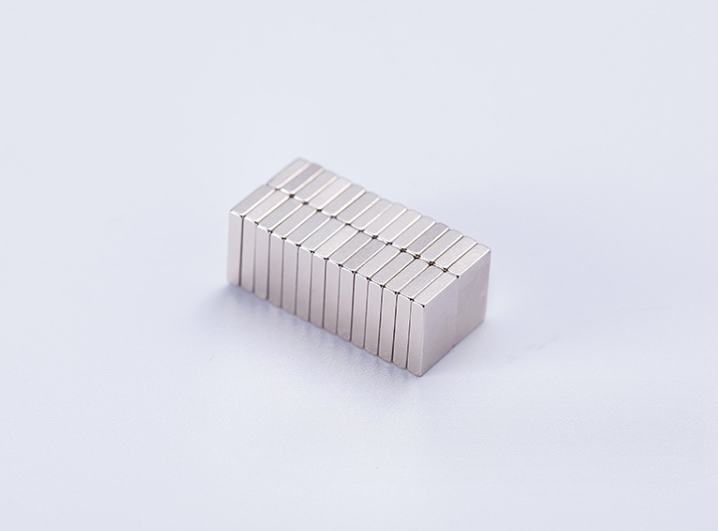Neodymium magnet surface coating is nickel of various types, the most common is nickel-copper nickel, in addition to black nickel, chemical nickel, today to answer some netizens concerned about neodymium magnets coated nickel and chemical nickel which is good, and what are the differences between them.
Features of nickel plating for neodymium magnets:
Corrosion resistance: nickel plating can improve the corrosion resistance of neodymium magnets, prevent iron oxidation and corrosion, and increase the service life of the material.
Aesthetics: Nickel plating can give neodymium magnet surface a layer of bright, uniform nickel layer, improve the appearance of texture, make it more attractive.
Lubrication: Nickel plating can improve the surface lubrication, reduce surface friction, and improve the performance of the material.
Conductivity: Nickel plating has some electrical conductivity, which may be an important characteristic in some applications.
The pictures below are nickel plated neodymium block magnets

Neodymium magnet chemical nickel characteristics:
Uniformity: chemical nickel generally forms a uniform nickel-phosphorus alloy layer, giving a more uniform surface.
Hardness: chemical nickel plating is usually harder than pure nickel and can provide some wear resistance.
Corrosion resistance: The alloy layer of chemical nickel has some resistance to corrosion, improving the corrosion resistance of neodymium magnets.
Uniformity: Electroless nickel is able to deposit uniformly on the surface of complex shapes, which is suitable for magnets of various shapes.
Customizable to different thicknesses: The electroless nickel layer can be customized to different thicknesses to meet specific requirements.
Difference between magnet nickel plating and chemical nickel;
Difference in preparation method; Nickel plating is the process of depositing a nickel layer onto the surface of a neodymium magnet by electrochemical means, which usually involves electrodeposition in a solution containing nickel ions, requiring an applied current and an anode. Electrochemical nickel is a process in which nickel is deposited on the surface of a neodymium magnet from a solution by performing a chemical reaction on the surface. This method usually produces a more uniform coating.
In terms of uniformity: Nickel-plated coatings may not be as uniform as electroless nickel, especially in complex shapes or at edges. Electroless nickel is usually able to be more evenly distributed on the surface of neodymium magnets due to the nature of the chemical reaction.
Comparison of corrosion resistance: Nickel plating provides some corrosion resistance, but may be relatively thin and may not be sufficiently corrosion resistant in some special environments. Chemical nickel usually provides better corrosion resistance and is suitable for some environments with strict corrosion requirements.
In terms of plating bonding: the bonding strength of electroless nickel plating is generally higher than that of electroplated nickel.
When making your choice, you may want to consider what the magnet will be used for and the conditions of use in a particular environment. If a smooth surface is desired and aesthetics are a primary concern, nickel plating may be a better choice. If the magnet is to be used in harsh environments, such as humid, acidic or alkaline environments, electroless nickel may be more suitable.
Electroless Nickel Coating Magnets:Electroless Nickel Coated Small Cylindrical Neodymium Magnet 2 x 2mm
More magnet nickel plating introduction;
How many hours of neodymium magnet nickel plating salt spray?
 China Neodymium And Ferrite Magnets Manufacturer & Supplier
China Neodymium And Ferrite Magnets Manufacturer & Supplier 


